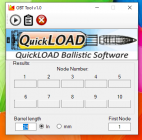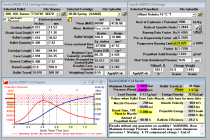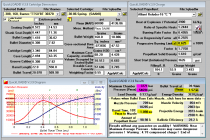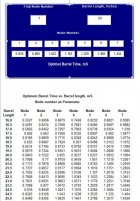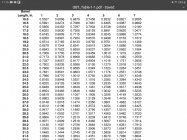Here in New Zealand powder is in short supply and you have to take what you can get. I acquired Quickload to provide a shortcut to changing powders with minimum risk and fuss. However I am grappling a bit with the software/data and comments/advice in the forums.
I am familiar with the concept of Nodes and have always loaded to the top or bottom of barrel vibration, I am new to the concept of "loading to node 5 or 6" (for example) and am researching this now. Many of the forum comments mention QT nodes. I cannot find anything in QL that refers to Nodes.
Any pointers would be appreciated.
I am familiar with the concept of Nodes and have always loaded to the top or bottom of barrel vibration, I am new to the concept of "loading to node 5 or 6" (for example) and am researching this now. Many of the forum comments mention QT nodes. I cannot find anything in QL that refers to Nodes.
Any pointers would be appreciated.










